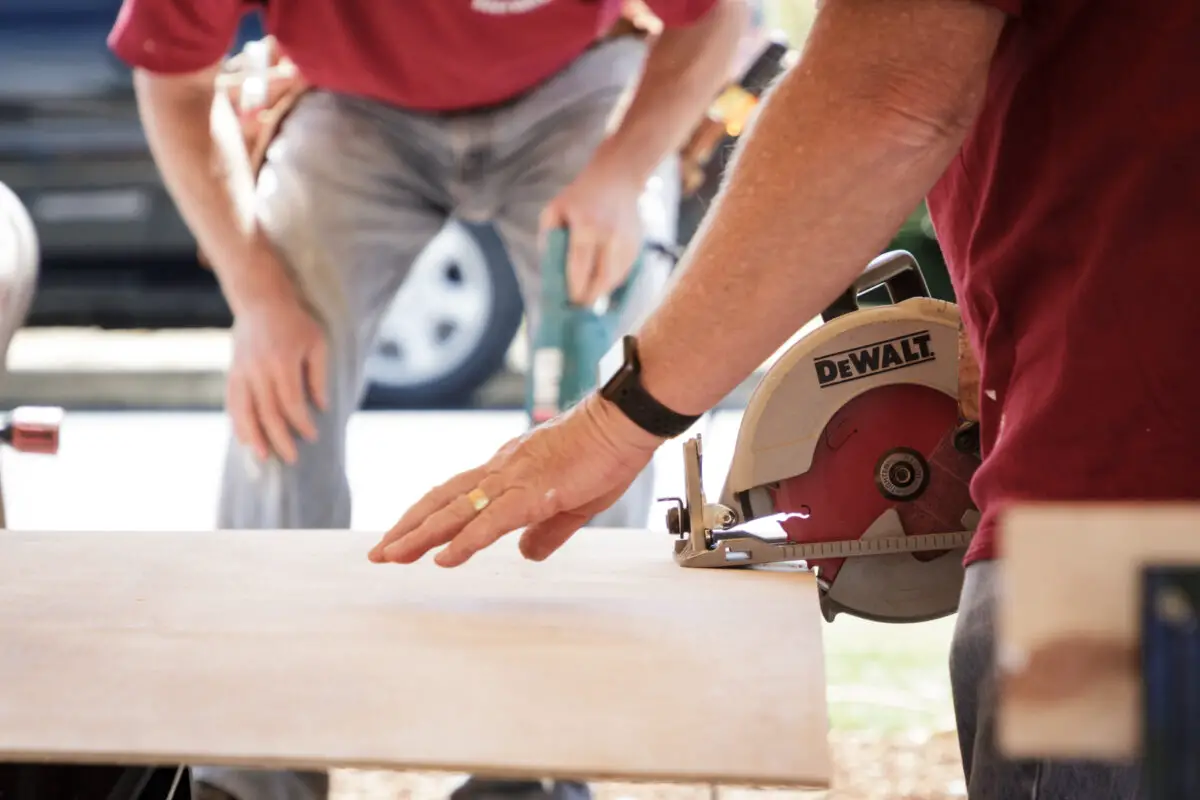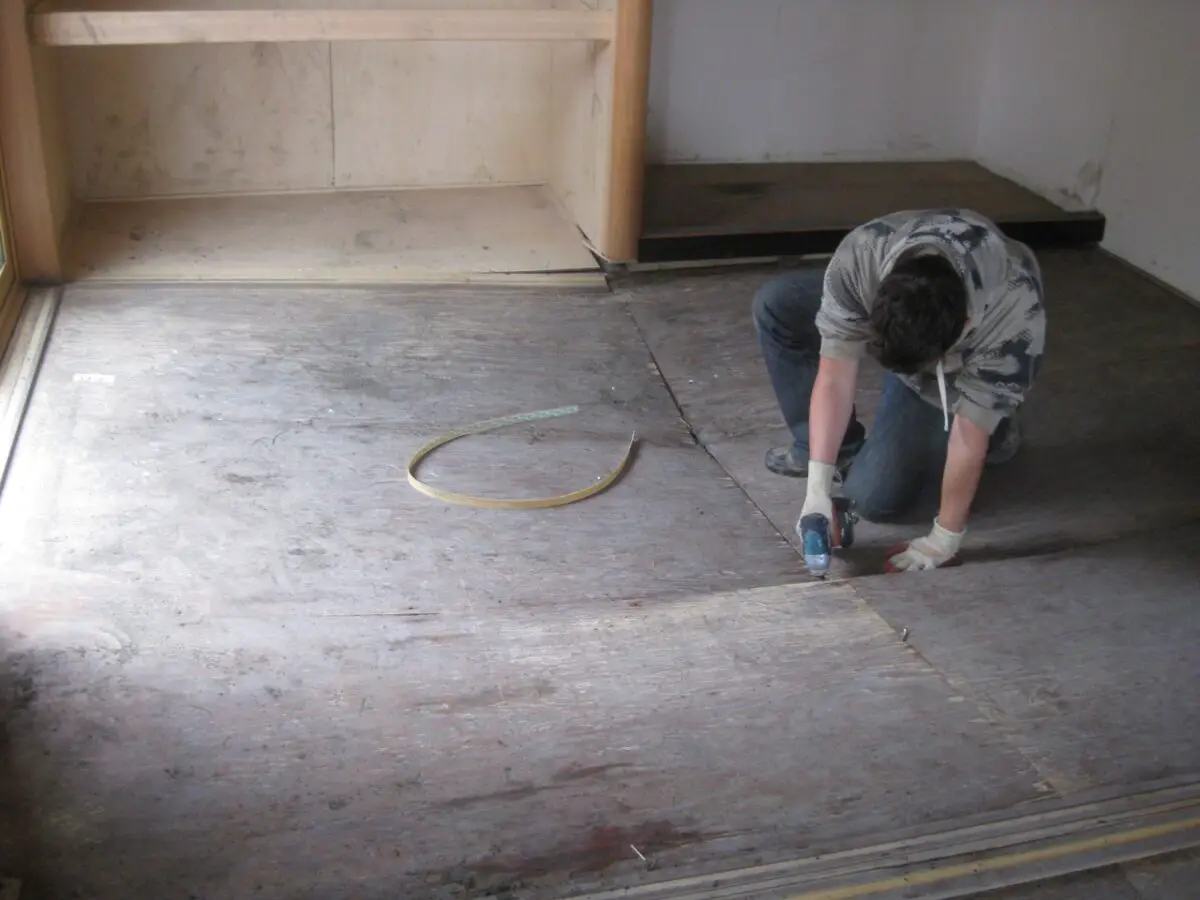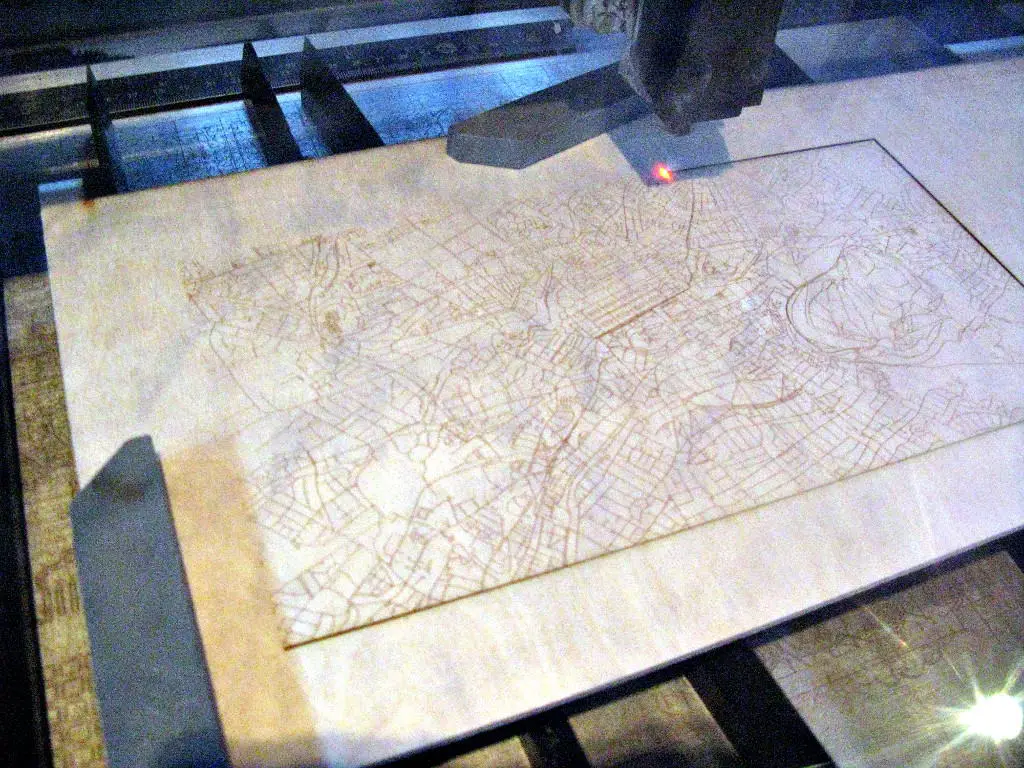Cutting plywood can take longer for homeowners and do-it-yourself enthusiasts without access to power saws. So the question is, how to cut thin plywood without a saw?
Over the years, I have discovered ingenious techniques for chopping thin plywood using a utility knife, a ruler, and a little elbow grease. In this article, I will give you tips on how to make clean, accurate, and splinter-free cuts without a saw.
How to Cut Thin Plywood Without a Saw
It is a straightforward process that starts with choosing the right blade for clean cuts, utilizing a straightedge as a guide, and cutting the plywood with only a utility knife or a rotary tool. Make sure to mark your guide and clean the edges for a smooth finish.
Do you have a DIY project that requires cutting plywood, yet you do not have a power saw, particularly a circular saw to cut angles or even just a straight line? Do not let a lack of tools stop you in your tracks. With some basic supplies and clever techniques, you can chop plywood accurately, even without a saw.
Pick the Right Blade for Clean Cuts
The key to getting smooth, splinter-free cuts is using a sharp blade. For plywood, you will want to use a fixed-blade utility cutter. This is also what I use when cutting a wooden dowel without a saw. Make sure to start with a fresh blade so it can slice through the wood cleanly.
Change the blade frequently. A dull blade will tear the wood fibers rather than slice them cleanly, producing hazardous wood dust. Having multiple fresh blades on hand allows you to swap out dull ones as needed.
Choose an extended-reach utility knife for straight cuts longer than a few inches. The longer blade lets you make continuous cuts without stopping and repositioning your hand. Utility knives with break-off blades are also handy since you can snap off dull sections to reveal a sharp edge.
Clamp a Straightedge as a Guide
Trying to cut freehand through plywood results in ragged, uneven edges. The secret to straight cuts is using a straightedge as a guide. Here is how:
- Choose a sturdy straightedge made of metal or hardwood. This can be a steel ruler, drywall square, piece of trim, etc. It needs to have a straight, smooth edge.
- Position the straightedge on your plywood where you want to cut. Use clamps to attach it to the latter. This prevents it from shifting during the cut.
The straightedge method works great for straight cuts like ripping plywood into narrower widths or cross-cutting shorter lengths. Continue using this technique for any straight lines needed in your project.
Cut the Thin Plywood
Cutting thin plywood requires precision and care, as plywood is prone to chipping and breaking if cut incorrectly. Thin plywood is easier to cut if the edges are lightly sanded to smooth any roughness. Let us make the necessary cuts:
Cutting With a Utility Knife
Similar to cutting laminate flooring without a saw and cutting thick plastic, there’s a proper technique for using a utility knife or cutter to cut thin plywood. Here is a step-by-step guide on how to do it:
- Gather your materials: You will need a utility knife with a sharp blade, a straightedge or ruler, and a flat surface to work on. Make sure the plywood is secured in place.
- Measure and mark: Use a measuring tape and a pencil to measure and mark the dimensions you want to cut on the plywood. Double-check your measurements to ensure accuracy.
- Score the cut line: Place the straightedge or ruler along the marked line, securely holding it in place. Apply firm pressure to hold it down and make a shallow score along the cut line using multiple passes with the utility knife. Start with light pressure and gradually increase it with each pass.
- Deepen the cut: Once you have made the initial score, repeat the process, increasing the pressure with each pass. Continue scoring along the same line until you reach the desired depth. The goal is to cut through the top layer of the plywood without cutting it all the way through.
- Snap the plywood: Once you have scored the cut line, lift the plywood and place the scored line over the edge of a table or workbench. Apply gentle downward pressure to snap the plywood along the scored line. Ensure that the majority of the plywood is supported to prevent splintering or cracking.
You can use sandpaper or a sanding block to smooth the cut edges further. This is useful if you plan to handle the plywood frequently or want a more finished appearance.
Cutting With a Rotary Tool
Openings in plywood can be challenging to cut with a rotary tool. With the correct technique, you can create clean and precise cuts. Here are a few steps you can take:
- Choose the right bit: For cutting openings in plywood, you will want to use a high-speed cutter bit or a spiral cutting bit. These bits are designed to cut through wood cleanly.
- Secure the plywood: Clamp the plywood to a workbench or table to prevent it from moving while cutting. This will also help you achieve more accurate cuts.
- Mark your cut: Use a pencil and a straightedge to mark the line where you want to make your cut. This will help you stay on track while you are cutting.
- Start cutting: Start the rotary tool and slowly guide the bit along the line you have marked. Try to keep the tool moving steadily to avoid any jerky movements that could cause the bit to catch in the wood.
- Make multiple passes: Depending on the thickness of the plywood, you may need to make multiple passes to cut all the way through. Take your time and make sure you are cutting through the wood.
Remember, safety should be a top priority when using power tools. Wear eye and ear protection and any other safety equipment recommended by the manufacturer.
Finish Edges Smooth With Sanding and Trimming
Once your plywood piece is cut to shape, you will want to refine the edges so they are smooth and attractive:
- Use medium-grit sandpaper to sand cut edges. This removes any splinters, rough spots, or tear-out.
- For rounded profiles, wrap sandpaper around a pen or dowel to sand contoured edges.
- Where edges meet at corners, trim with a utility knife or file so the joint is flush and even.
- Ease sharp edges by sanding corners to a soft radius.
Taking a bit of time to finesse the edges gives your plywood project a polished, professional look. It’s also the same as how you sand concrete for a smoother finish.
Related Questions
How Do I Prevent the Plywood From Splintering While Cutting It?
To prevent the plywood from splintering while cutting it, use a sharp blade because a dull blade is more likely to tear and crack the wood fibers. Additionally, cut slowly since cutting aggressively can cause splintering.
What Are Some Safety Tips for Cutting Thin Plywood Without a Saw?
Remember to wear appropriate safety gear, such as safety glasses, use a sharp cutting instrument, and be cautious not to use too much force when cutting. It is a good idea to practice on scrap pieces before working on your final project to ensure accuracy and avoid mistakes.
What Is the Best Way to Cut Through Plywood by Hand?
Cut through plywood by hand, choose the appropriate tool, measure the required dimensions, use a straightedge to improve accuracy, and cut slowly. Make sure to mark the cut lines, place the plywood sheet on a solid work surface, maintain a firm grip on the tool, and smooth the edges for a clean finish with sandpaper.
Conclusion
The lack of a saw does not have to stop you from tackling plywood projects. You can cut plywood smoothly and accurately with clever techniques like straightedge guides and the two-ruler trick for curves. You will be amazed at what you can build.




